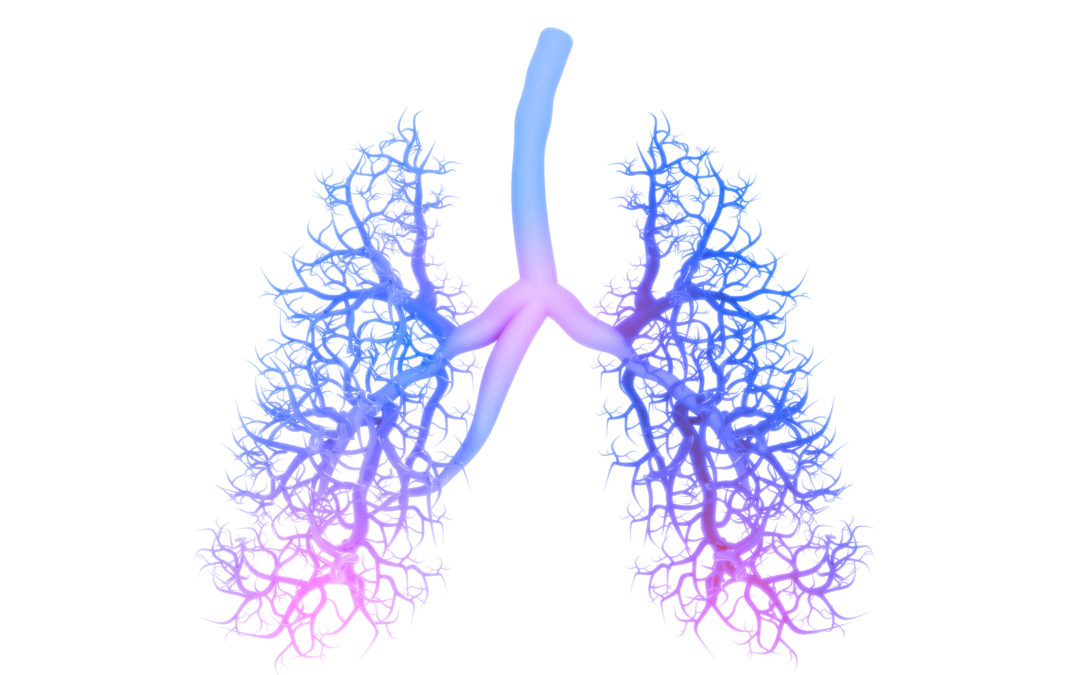References
Bowdish DME. The Aging Lung: Is Lung Health Good Health for Older Adults?. Chest. 2019;155(2):391–400. doi:10.1016/j.chest.2018.09.003;
Brandenberger C, Mühlfeld C. Mechanisms of lung aging. Cell Tissue Res. 2017;367(3):469–480. doi:10.1007/s00441-016-2511-x
At a glance
The physiological, cellular and immunological changes that occur during ageing contribute to the development of pulmonary changes and infections that increase sharply with age. Studies on these changes are not only essential to prevent or improve lung disease outcomes in this group of patients, but are also essential to understand healthy ageing.
What is already known
Nowadays it is known that lung ageing is associated with a remodelling of the structure of the lungs, a natural decline in respiratory function and increased susceptibility to acute and chronic lung diseases. Individual factors modulating pulmonary aging include:
- the basic genetic configuration;
- environmental exposure;
- the lifestyle;
- the contribution of systemic diseases.
However, the actual process takes place in the lung cells and is closely linked to the ageing of the immune system (immunosenescence). This involution is expressed at different levels with alterations at the molecular, cellular and junction points between cells. Due to the large variety of cells in the lung, the consequences of ageing occur very differently.
Age-induced physiological changes in the lung
Over time, the lung undergoes some physiological changes. For example, the size of the alveoli and the apparent diffusion coefficient (a value that estimates the free circulation of water in tissues during a particular MRI scan) increase due to the enlargement of the airspace. For a positive adaptation process, both the residual functional capacity of the lung increases, i.e. the volume of air present at the end of a normal resting exhalation, and the residual volume, the air remaining after a forced exhalation. The total lung volume and the number of alveoli remain unchanged.
With aging, the elasticity of the lung decreases because it increases the production of collagen and decreases that of elastin.
The changes mainly include:
- the depletion of stem cells;
- lung cell senescence (see later);
- the remodeling of the extracellular matrix;
- the alteration in the composition of the film that lubricates the lung (lung surfactant);
- the decrease in mucociliary clearance;
- the activity of the vegetative nervous system of the lung.
On the whole, these changes lead to a predisposition of the elderly to infections and lung diseases as the immune response reduces with age.
Cellular aging in the lungs
Cellular senescence is a state of irreversible arrest of the cell’s growth cycle accompanied by impairment of its functionality, associated with increased production of free radicals (Reactive Oxygen Species ROS) and pro-inflammatory signals.
Several reasons can lead to the arrest of the cell cycle and a well known cause is the lack of telomeres, small portions of DNA that are found at the ends of each chromosome and protect it. Cellular senescence can also be induced by stress, a disease characterized by psycho-physical wear, which increases the production of free radicals that damage the DNA of the nucleus of lung cells and mitochondria. In addition, it has been suggested that free radicals promote an inflammatory response and thus contribute to the decline in age-dependent immune system function.
The most recent theories on ageing suggest that the distinctive signs can be divided into:
- cellular dysfunctions due to genetic instability, mutations, shortening of telomeres;
- epigenetic alterations, related to familiarity and not quantifiable a priori. It is a condition whereby some individuals have organs that are functionally much younger than their age and vice versa;
- response to damage caused by improper feeding. Food generates waste substances that are eliminated through urine, respiration and faeces that damage cells over time;
- stem cell depletion.
In addition, it has been suggested that a critical amount of senescent cells can create an aging environment by further promoting aging. The occurrence of cellular senescence may be specific to the type of tissue or cell, and the result depends on the function of those affected. Current research is therefore further elaborating on the impact of cell type-specific senescence in the lung and its impact on age-related lung diseases.
Conclusions
Of all organs and apparatuses, the lung is the one that suffers the most important age-related physiological decline. This change supports the ease of development of chronic lung diseases and promotes a poor prognosis in infectious and inflammatory diseases in the elderly. Although the data on which modifiable risk factors contribute to health and longevity are relatively simple, the molecular and cellular mechanisms that can lead to lung ageing need to be thoroughly analysed.
By Francesca Uberti

